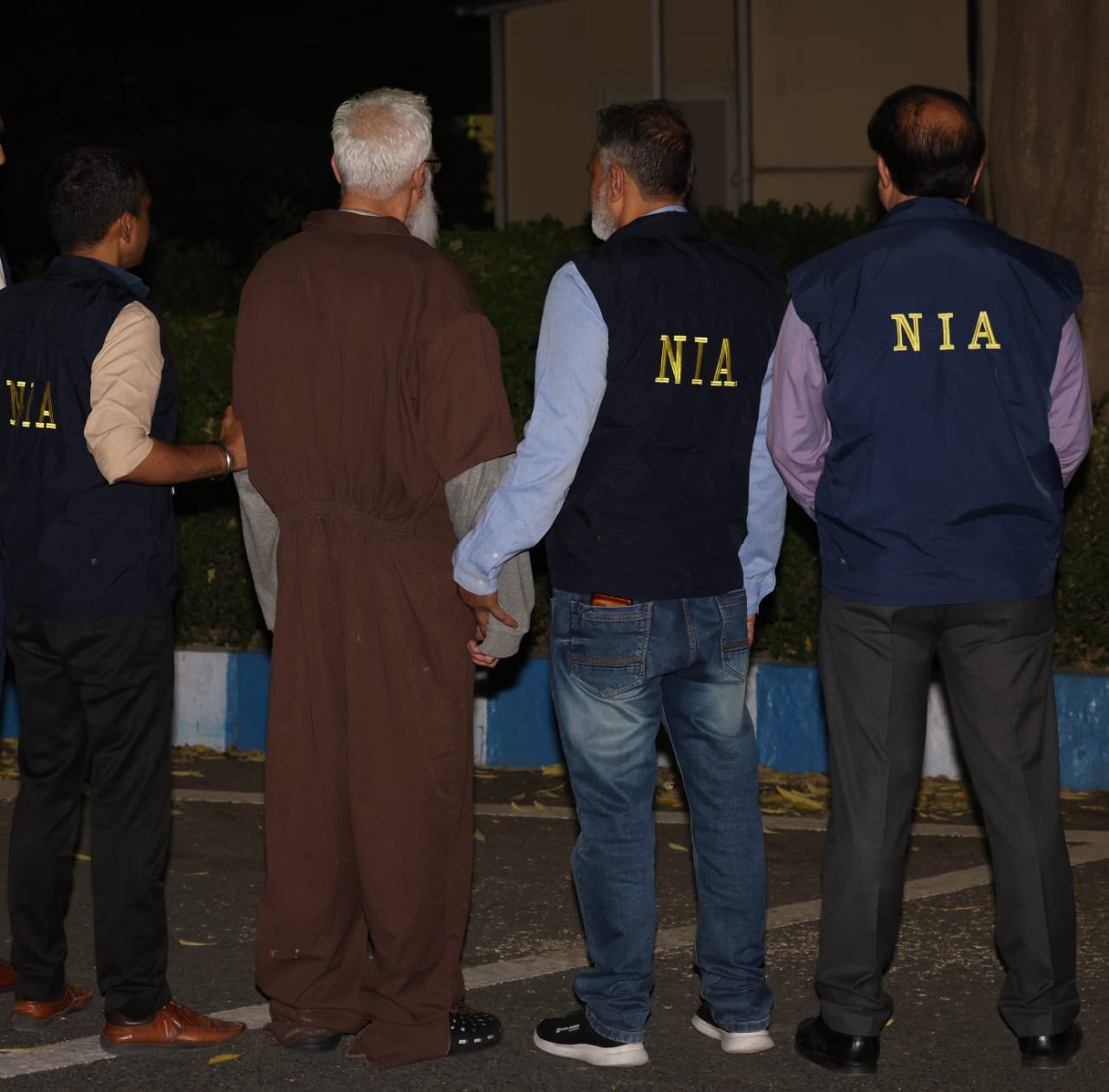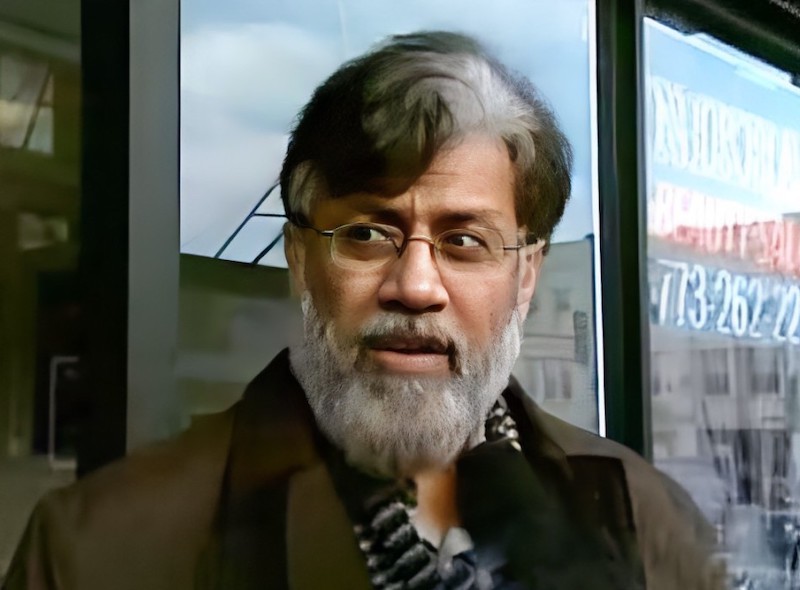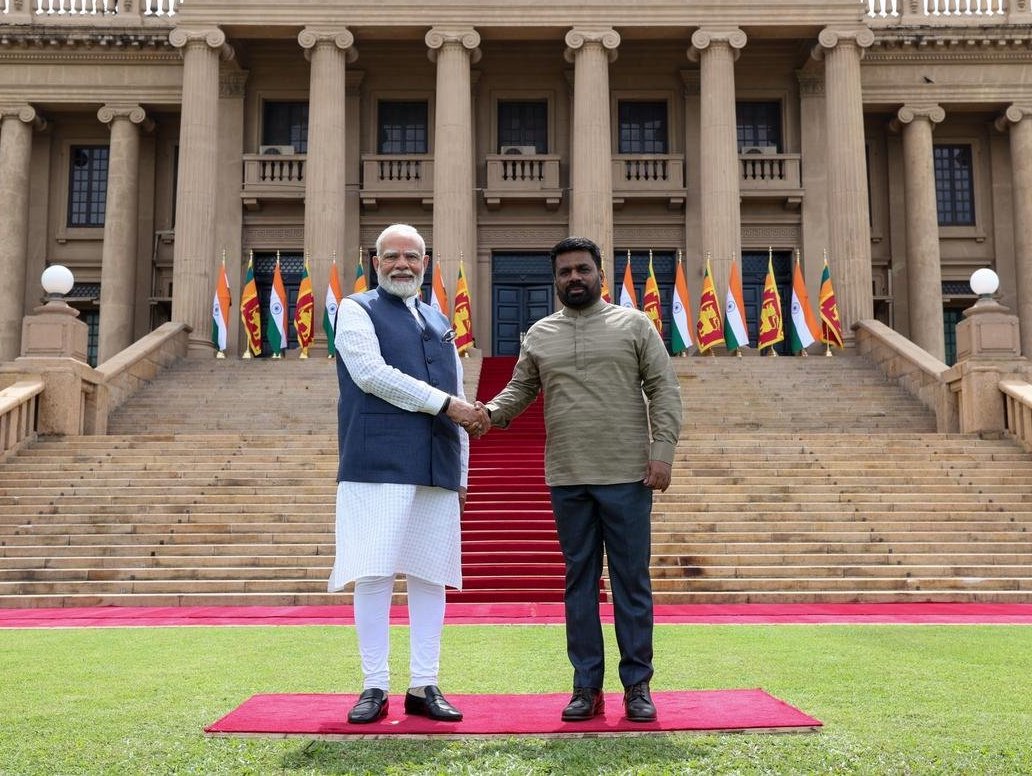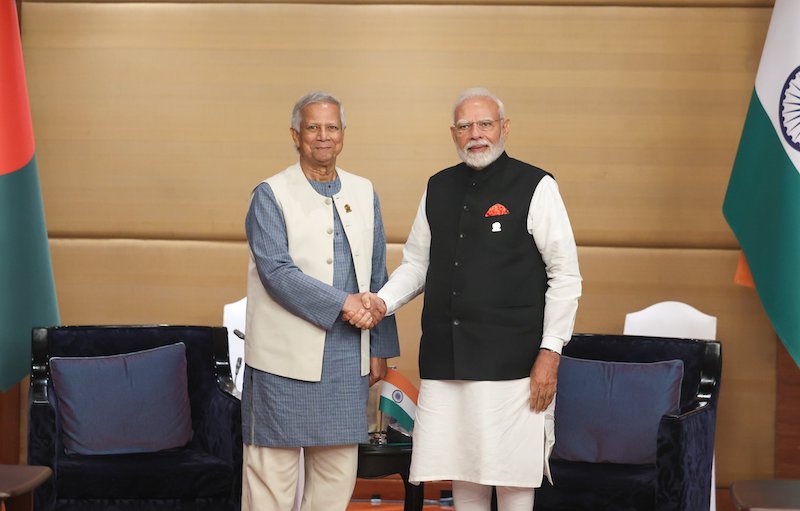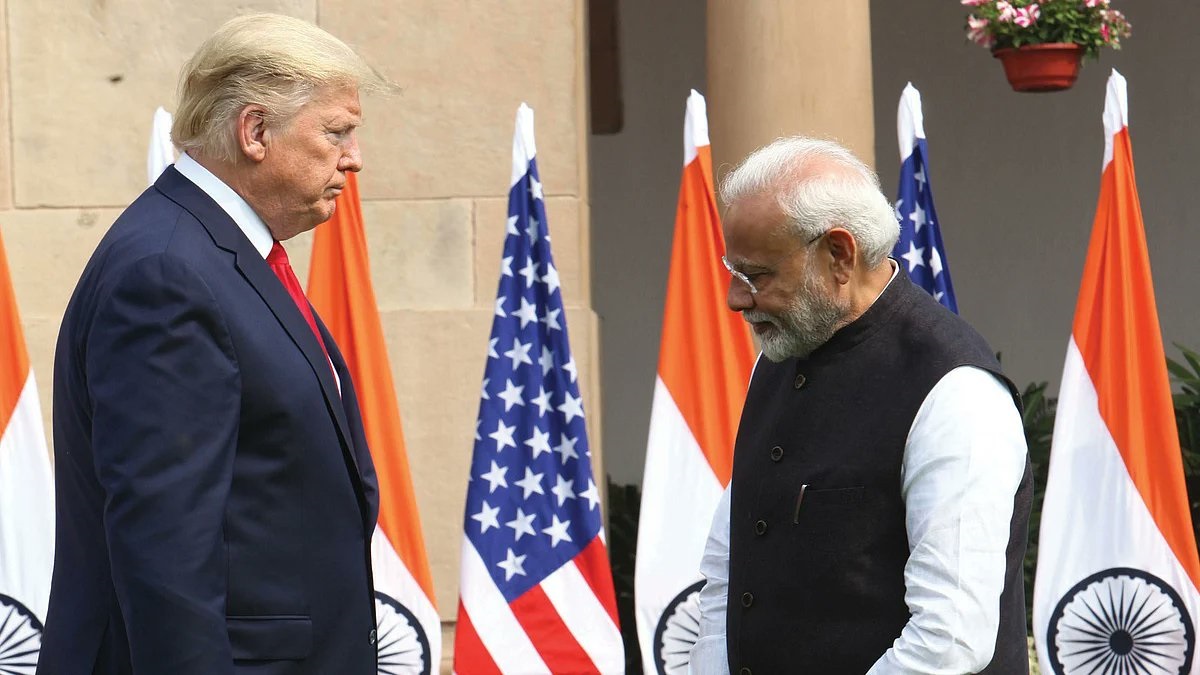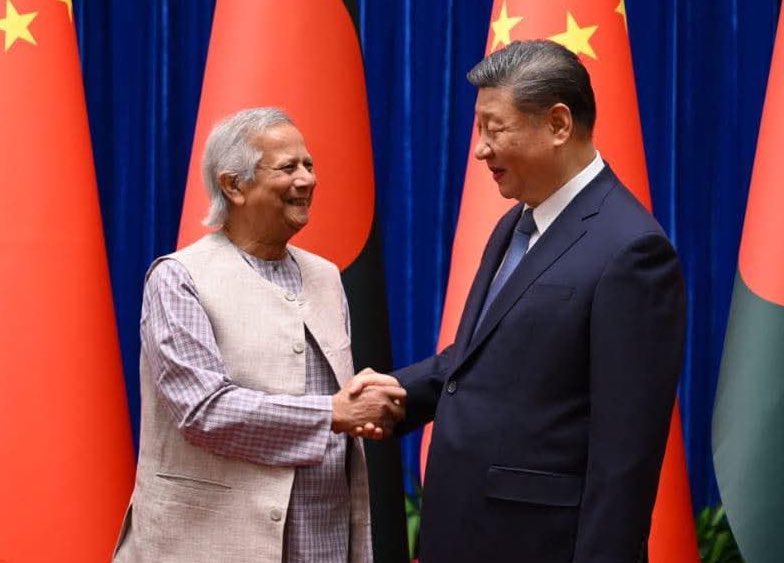
By: Sapna Singh
The end of 2020 will be intensely awaited by the world as it seeks an answer to the burning question, will Donald Trump, who just triumphed in the impeachment proceedings, remain the President of the United States after the November elections?
Significantly, Iran is also going to witness its parliamentary elections on February 21.
According to strategic thinkers, with the high-profile killing of Iranian Major-General Qasem Soleimani, the Trump presidency intended its Iran policy to be entirely different from that of his predecessors.
The attack has ignited a debate whether or not it was worth the risk to kill Soleimani, who incidentally, was the face of armed resistance against the Islamic State (IS) in Iraq and Syria along with the US, Russia, Turkey and its European allies.
Previous US administrations also had the opportunity to take out Soleimani but chose not to, mostly because of concerns that it would lead to a series of dangerous escalations on both sides.
However, it is clear from the economic sanctions imposed against Iran that Trump has adopted a different approach and has used his famed “maximum pressure” strategy.
Although, anti-Americanism in Iran has always remained a challenge for US foreign policy, Trump’s decision to take out Iran’s most popular military leader has pitched to a new high the anti-American wave on Irans streets.
The much-loved General’s assassination will most likely be used by the Iranian regime to fan anti-American sentiments that are running high in the country. And this will have long-term consequences, which the US may or may not be prepared for.
Elections have long been used by the Iranian leadership under the Supreme Leader Ayatollah Khamenei’s watch as tools to create an illusion of public support and democratic legitimacy. And this time around, the regime is more desperate than ever to show its detractors at home and abroad that it represents the will of the Iranian people because over the last four decades, the gap between the people and the regime has gradually widened.
With every passing day, more and more Iranians are coming to the conclusion that the regime does not represent them and cannot be reformed and Iranians want and deserve a leadership that respects their wishes and protects their interests.
Until Iran’s leaders understand this fact and hold free and fair elections, the gap between the people and their rulers will continue to widen, the protests will continue and the real voter turnout will remain low. So, the regime will use this attack by Trump as a means to cover its ruthlessness and shortcomings and fan anti-US sentiments to make itself relevant as elections loom large.
Interestingly, on the other side, in the US, where conspiracy theories abound accusing past Presidents of purposely creating foreign policy crises during an election year with an aim to divert public opinion from pressing and unsavoury domestic issues, the killing of General Soleimani is nothing new.
However, this time Trump may have taken things too far in search of short-term domestic electoral gains.
Security experts caution that this incident will have a long-term impact and may endanger US’ security interests in West Asia. As per a latest development, a Democratic-led US House of Representatives committee had reached an agreement with Secretary of State Mike Pompeo to testify at a public hearing on Iran and Iraq policy, after threatening a subpoena over previous refusals to appear. This will be in public domain soon.
The ongoing tension between the US and Iran has shaken the world as anything that happens in the Gulf region will have a severe impact on the oil-based economy of the world and more specifically Asian countries.
However, security experts have signalled, based on Trump’s recent statement “calling on NATO partners to play a bigger role in the Middle East region” that he is willing to de-escalate tensions.
On its part Iran, too, is not keen to ratchet up the issue as it has shown its willingness to submit to the International Atomic Energy Agency inspections and is not walking out of the nuclear non-proliferation treaty.
Notwithstanding these signals from the two countries, New Delhi is understandably worried about how Gulf tensions will impact India. This is because India has strategic interests in the region in the form of the Chahabar Port and the nearly 10 million Indians working in the Gulf, who send home over $40 billion as remittance.
In January, while speaking at the fifth edition of the Raisina Dialogue in New Delhi, Iran’s Foreign Minister Mohammad Javad Zarif set temperatures rising as he called the US “ignorant and arrogant” and slammed the country for the assassination of the war hero.
He also asked India for an aggressive backdoor diplomacy to safeguard its national interests in the region.
While promising that his country was not looking for a war with the mighty US, the Iranian Ambassador pushed India for a greater role in the efforts to de-escalate rising tensions in the Persian Gulf region.
Allaying fears about the effects of the crisis on trade, Chegeni also assured India that Chabahar Port was fine and operative as it was a symbol of the friendship between India, Iran, Afghanistan, the Commonwealth of Independent States, Europe and the whole Persian Gulf.
Significantly, keeping in mind the strategic importance of developing the regional maritime traffic to Afghanistan and Central Asia, the US gave a written assurance to India that it would help facilitate the funding for the purchase of equipment worth $85 million for the Chabahar Port.
Also, tension in the region may cause a threat to the traffic that goes through the tiny Strait of Hormuz, which though just 21 miles across at its widest point, has major strategic and geopolitical relevance because it is situated between Iran and Oman. It is a financially crucial checkpoint because it is the world’s busiest shipping lane and there are limited alternatives to bypass it.
According to a report of the US Energy Information Administration (EIA), 21 million barrels of crude and refined oil pass through the strait, which is about one-third of world’s sea- traded oil.
Thus, Iran can take revenge on the US and give its allies sleepless nights by shutting the strait or obstructing the oil tankers passing through it, which will ultimately disrupt supply and push up shipping costs and consequently energy prices.
India has an exceptional advantage here, being a nation with a multi-alignment approach in the Gulf region. As it shares close relations with Iran and the US alike, New Delhi can act as a mediator between the two nations.
Given its security and economic interests in the region, New Delhi has cultivated a strong friendship with most countries in West Asia like Israel, Saudi Arabia, the UAE and Oman. This affords it an opportunity to initiate a dialogue in times of strife, with greater chances of success.
However, this recent episode of rising tensions between the US and Iran is a litmus test of India’s new policy of multi-alignment within the region.
The unfolding events in West Asia are being keenly watched by Russia and China because both have strong interest in the region. While Moscow sees itself as an emerging dominant power with West Asia being a major part of its plan, China is equally concerned as 50 per cent of its oil imports come from the region.
However, its biggest worry is its ambitious Belt and Road Initiative (BRI) as Iraq has major geo-strategic importance because of its location.
There is speculation that Moscow is silently backing Iran as it has intelligence-sharing arrangements with it. This, more than anything else, should give the US cause for worry.
(The article was first published in The Pioneer. The writer is a Delhi-based journalist)


